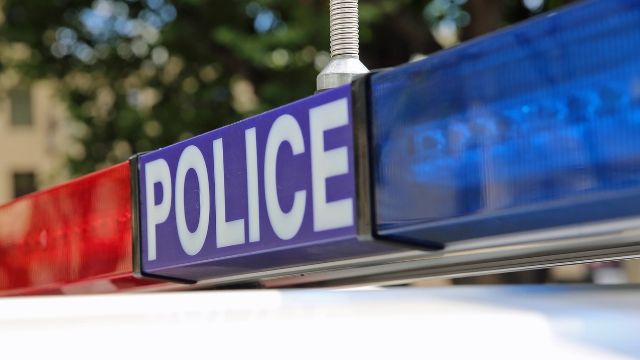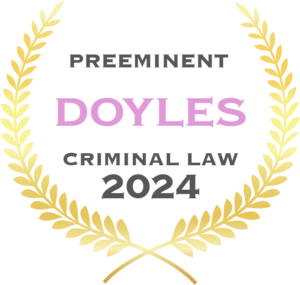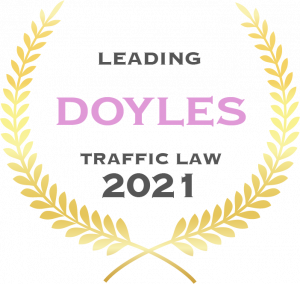The brutal treatment of an Aboriginal man at Toronto Police Station has been condemned by a District Court Judge.
The incident
The incident occurred on Australia Day in 2018.
The ordeal, which involved police kicking and punching the man, was captured on CCTV footage (obtained by the ABC).
In addition to the violence, the man alleged that police also said, ‘happy invasion day you black ****’.
The man had been arrested for a range of offences related to alleged drunken and aggressive behaviour. He later pleaded guilty to headbutting and elbowing police officers.
His case was originally heard in the Local Court, where he was sentenced to 10 months’ imprisonment.
He appealed the sentence on the basis that he had suffered ‘extra-curial punishment’.
The appeal
The man’s appeal was successful.
The Judge ordered that he be placed on an Intensive Correction Order (instead of a custodial sentence). He will also attend rehabilitation courses.
Judge’s comments on police conduct
When delivering his decision, Judge Ellis emphasised that ‘there are alternatives to using violence’ before noting that ‘this applies to the police, just as much as anybody else’.
Judge Ellis outlined that the police’s conduct ‘worsened the whole situation’.
His Honour also suggested that police may benefit from ‘some education about the best way to deal with people who are angry and intoxicated’.
What is extra-curial punishment?
Extra-curial punishment is a punishment that is inflicted on an offender otherwise than by a court of law.
The type of conduct that may constitute extra-curial punishment includes things like abuse, harassment and threats of personal injury.
A court is entitled to consider extra-curial punishment as a mitigating factor when imposing a sentence on an offender.
In this case, the Court was satisfied that the man had suffered extra-curial punishment, as a result of the violence that had been inflicted on him.
When are police allowed to use force?
Police officers have very broad powers to execute their duties. These powers are outlined in the Law Enforcement (Powers and Responsibilities) Act 2002 (LEPRA).
Police powers relating to the use of force are outlined in sections 230 and 231 of LEPRA.
The power conferred on police officers by section 230 allows them to use ‘such force as is reasonably necessary to exercise a function under the Act’,
Section 231 relates to the use of force when an officer is arresting someone. This section permits officers to use ‘such force as is reasonably necessary to make the arrest or to prevent the escape of the person after arrest’.
Key Takeaways
- A District Court Judge condemned the violent arrest of an Aboriginal man by local police at Toronto Police Station on Australia Day 2018, captured on CCTV.
- The man, initially sentenced to 10 months' imprisonment, successfully appealed, resulting in an Intensive Correction Order and rehabilitation.
- The judge criticized police conduct, suggesting a need for better training in handling intoxicated individuals, and highlighted the importance of non-violent alternatives.
- This case raised concerns about the use of force by police and the consideration of extra-curial punishment as a mitigating factor in sentencing.
When will force be ‘reasonable’?
In determining whether force is reasonable, the Court will consider the context in which the force has been applied.
The Court will consider whether the police conduct was justifiable by reference to the ‘pressure of events and agony of the moment, not by reference to hindsight’.
Case law (see Woodly v Boyd 2001) has outlined that force may be necessary to ensure a person:
- Does not escape
- Does not assist others to escape
- Does not injure themselves (or others)
- Does not destroy or dispose of evidence
- Does not commit further crimes (such as malicious damage to property)
When determining whether the force applied was reasonable, the court will consider the likelihood that the person would have attempted to do any of the aforementioned things unless prevented by the force inflicted.
Essentially, it will be the Court’s responsibility to determine whether the use of force was reasonable in the circumstances.
If you would like to learn more about your rights when approached by police, click here.
If you need advice or representation for a criminal matter or appeal call Hamilton Janke Lawyers 24 hours a day, 7 days a week on 4038 1666.
Written By

James Janke
James Janke is founding partner at Hamilton Janke Lawyers, and has more then decade of experience as a Criminal Defence Lawyer. Admitted to both the Supreme Court of New South Wales and High Court of Australia




